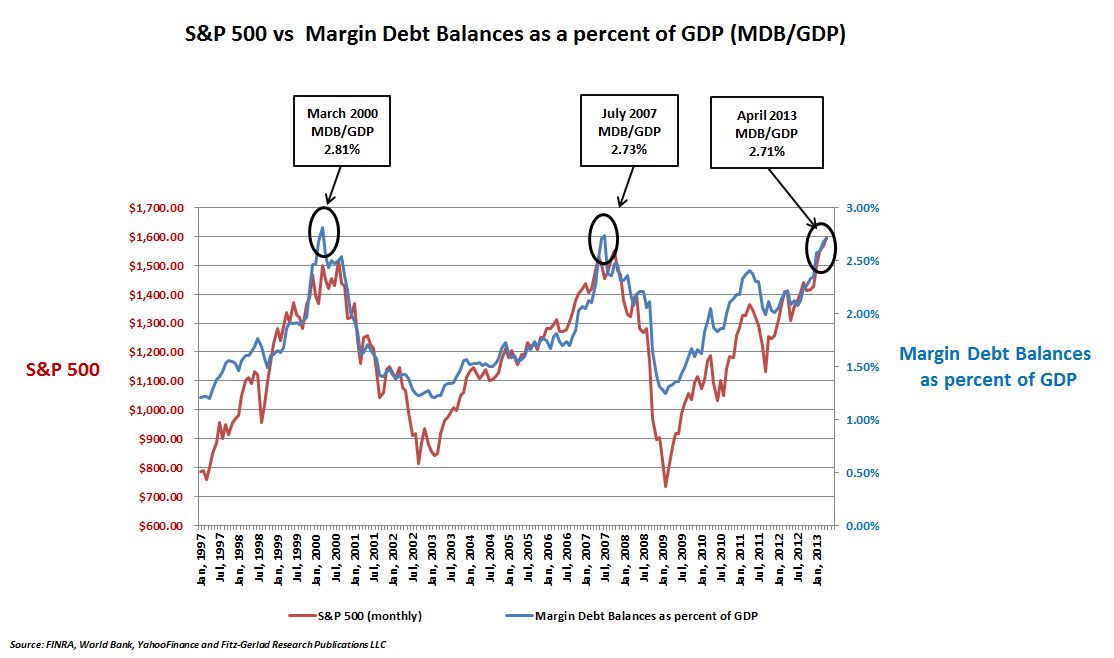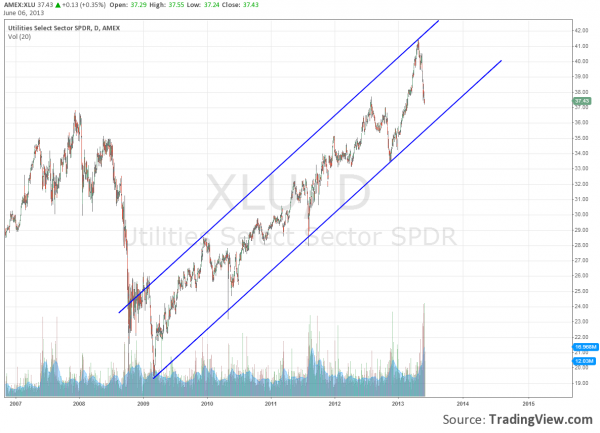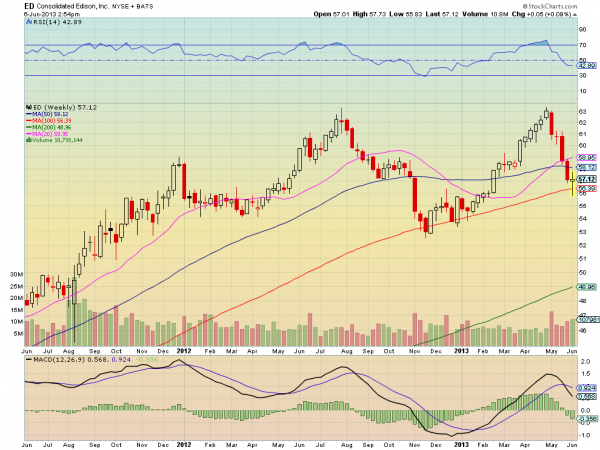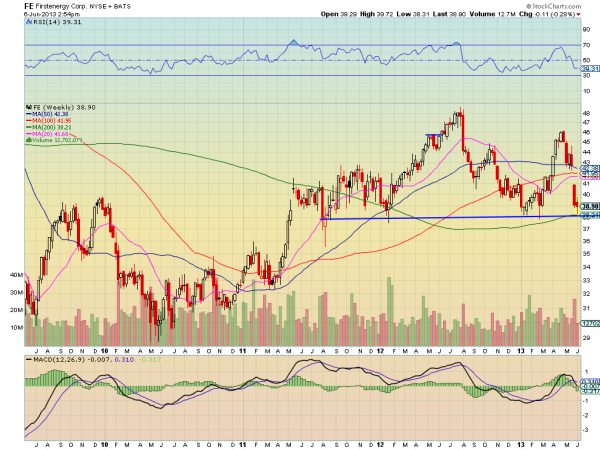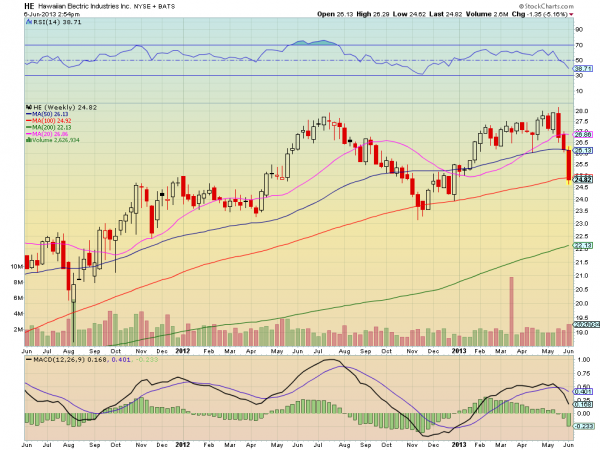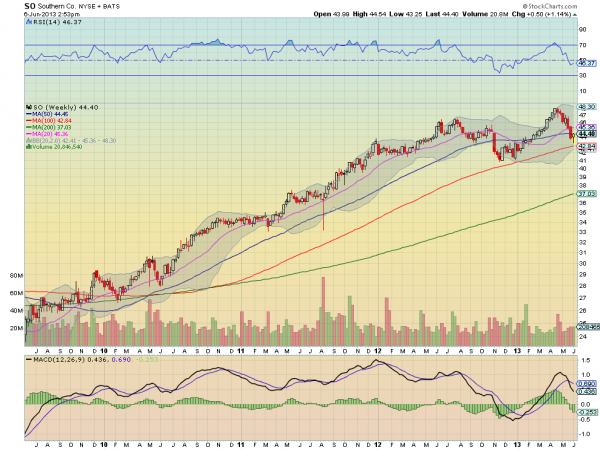By Michael P. Regan and Nikolaj Gammeltoft
The yen surged the most in two years and the euro jumped as Italian and Spanish bonds sank after European Central Bank President Mario Draghi said growth should return and more stimulus measures will be left “on the shelf.” U.S. stocks and Treasuries rose before tomorrow’s jobs data.
The yen rallied 2% to 97.09 per dollar and jumped as much as 3.2%, the most since 2011, while the 17-nation euro increased as much as 1.6% to a three-month high of $1.3306 at 3:42 p.m. in New York. Yields jumped more than 20 basis points on the 10-year debt of Italy, Spain and Portugal. The Standard & Poor’s 500 Index rose 0.6% to 1,618.64, rebounding from a one-month low, while the Stoxx Europe 600 Index retreated 1.2%. Ten-year U.S. Treasury yields declined one basis points to 2.08% after rising as much as four points earlier.
Japan’s currency strengthened against all 16 major peers as traders unwound bets on a weaker yen based on the Bank of Japan’s monetary stimulus plan. U.S. jobless claims declined last week before a report tomorrow projected to show payrolls grew, fueling debate over whether the Federal Reserve will plan to reduce bond purchases. The euro-area will return to growth by the end of the year, Draghi told a press conference after ECB policy makers left their benchmark rate at 0.5%.
“Draghi’s statement about no further stimulus weakened the U.S. dollar against the euro and the yen,” Donald Selkin, who helps manage about $3 billion of assets as the chief market strategist at National Securities Corp. in New York, said in a phone interview.
‘Third Arrow’
The yen aslo rallied more than 1.5% versus the Mexican peso, Brazilian real, Taiwanese dollar and South Korean won. Japan’s currency added to gains triggered yesterday after Prime Minister Shinzo Abe failed to provide additional detail on stimulus measures. Abe said a legislative campaign to loosen rules on businesses won’t begin for months as he outlined his “third arrow” of an economic revival plan.
Traders said today’s rally in the yen likely accelerated as the moves triggered so-called stop orders, which are set to automatically buy or sell an asset when it reaches pre-set levels.
“The weakness in dollar-yen, as the cross took out stops, pushed a positioning clear-out that took place across the G-10,” Brian Daingerfield, a currency strategist at Royal Bank of Scotland Group Plc’s RBS Securities unit in Stamford, Connecticut, said in a telephone interview. “The catalyst of broad-based dollar weakness was dollar-yen breaking through some important levels on the downside, 98.80 and then 98.50.”
Jobless Claims
The euro reached the highest since February versus the dollar and strengthened against all 16 major peers except the yen, pound and Swiss franc, rallying more than 1% against the currencies of Brazil, South Korea and Mexico. The pound gained against all 16, surging 1.3% to an almost four- month high of $1.5607, as the Bank of England kept its asset- purchase target and benchmark rate unchanged.
Italy’s 10-year note yield surged 23 basis points to 4.36% while Spain’s added 25 points to 4.69%, widening their premiums to benchmark German securities as the rate on bunds of similar maturity increased one basis point to 1.52%.
Thirty-year U.S. bonds reversed earlier losses, sending yields down one basis point to 3.23% while two-year rates were flat at 0.29%.
Treasuries rose yesterday by the most in almost two months after a report showed U.S. private employers added fewer jobs than forecast in May. The rally marked a reversal from last week, when 10-year yields climbed to a 14-month high as investors weighed whether the U.S. economy is strong enough to withstand a tapering of bond purchases by the Fed.
Investors shouldn’t turn positive on Treasuries just yet, according to Luca Jellinek at Credit Agricole Corporate & Investment Bank.
‘Tidy Correction’
“It is difficult to get too bullish on rates markets on the back of a tidy correction in yields,” Jellinek, who is based in London and is the head of European interest-rate strategy, wrote in a note to clients today. “Fixed-income investors are likely to remain obsessed with the Fed ‘taper.’”
Utility, health-care, financial and telephone companies led gains among the 10 main groups in the S&P 500, while consumer- staples and technology shares performed the worst.
U.S. Movers
Home Depot Inc., Verizon Communications Inc. and Pfizer Inc. rose more than 2% for the best advances in the Dow Jones Industrial Average, which rebounded after yesterday tumbling 217 points in its biggest decline since April 15.
SodaStream International Ltd. climbed 3.1% after an Israeli business website reported that PepsiCo Inc. is in talks to buy the home soda-machine maker for more than $2 billion. VeriFone Systems Inc. plunged 20% as the maker of credit- card terminals forecast profit that missed analysts’ estimates.
The S&P 500 slipped 3.6% from its record on May 21 through yesterday after Fed Chairman Ben S. Bernanke told Congress the central bank could reduce its $85 billion in monthly bond purchases if the job market improves in a “real and sustainable way.” The Fed’s quantitative easing and near- zero interest rates helped fuel a rally of as much as 147% from the benchmark index’s bear-market low in 2009.
The latest data on the labor market showed U.S. jobless claims decreased by 11,000 to 346,000 in the week ended June 1 from a revised 357,000, the Labor Department reported. The median forecast of 47 economists surveyed by Bloomberg called for a drop to 345,000.
Data tomorrow will probably indicate employment rose by 165,000 in May, the same as a month earlier, and the jobless rate held at 7.5%, economists in another Bloomberg survey forecast.
‘Wait and See’
“It’s wait-and-see before the jobs report tomorrow,” Frank Ingarra, head trader at Greenwich, Connecticut-based NorthCoast Asset Management LLC, said in a telephone interview. His firm oversees $1.6 billion. “It all depends on how traders will read that data and its effect on the Fed’s decision making. We need to be assured that the Fed will not taper off monetary stimulus or we need to see significant improvement in the economy to get the next leg up in the rally.”
Five shares declined for each that rose in the Stoxx 600, with the regional benchmark index sinking to the lowest since April 22. Barclays Plc lost 4.1% as an investor sold a stake in the lender.
Markets in Paris, Amsterdam, Brussels and Lisbon opened an hour later than usual as NYSE Euronext, the operator of the exchanges, faced a technical glitch. Trading in Stockholm was closed for Sweden’s National Day holiday.
Emerging Markets
The MSCI Emerging Markets Index fell 0.5% to six- month low. The Shanghai Composite Index slid 1.3% to a three-week low year as money-market rates jumped before a three- day holiday next week. The Hang Seng China Enterprises Index of mainland companies listed in Hong Kong dropped for a seventh day, the longest losing streak in a year, as Brazil’s Ibovespa extended was little changed after closing yesterday at the lowest level since July.
The cost of insuring corporate bonds with credit-default swaps increased, with the Markit iTraxx Europe Index of contracts linked to 125 investment-grade companies rising 5 basis point to 113 basis points, the highest since April.
Oil, gold and corn added at least 0.9% percent to help lead gains in 14 of the 24 commodities tracked by the S&P GSCI Index, while natural gas, lead and copper slid at least 1.6%. Copper dropped for the first time in four days, falling 1.6% to $7,335 a metric ton.
Volatility
Price swings across assets and around the world are holding below historical averages even as central banks roil markets.
Levels of investor concern in equities, commodities, bonds and currencies as measured by Bank of America Corp.’s Market Risk index of cross-asset volatility are below readings from about 75% of days since 2000, according to data compiled by Bloomberg. Among those markets, the cost of options has risen in Treasuries and foreign exchange in 2013 and fallen in stocks and raw materials.
Daily fluctuations have widened in the past month amid speculation the Fed will curtail its quantitative easing program and reports on Chinese and American manufacturing that trailed estimates. The increases have done little to increase expectations for price swings to historical levels after volatility tumbled amid rallies that added $5 trillion to global equity values this year and pushed bond yields to record lows.
“We don’t expect a big increase in volatility because monetary policy is still generally too stimulative,” Joost van Leenders, who helps oversee $657 billion as a strategist at BNP Paribas Investment Partners in Amsterdam, said in a phone interview yesterday. Central-bank policy makers are “not going to remove quantitative easing quickly. They will do it gradually to see how markets react and if markets become too volatile, they will move more cautiously.”

